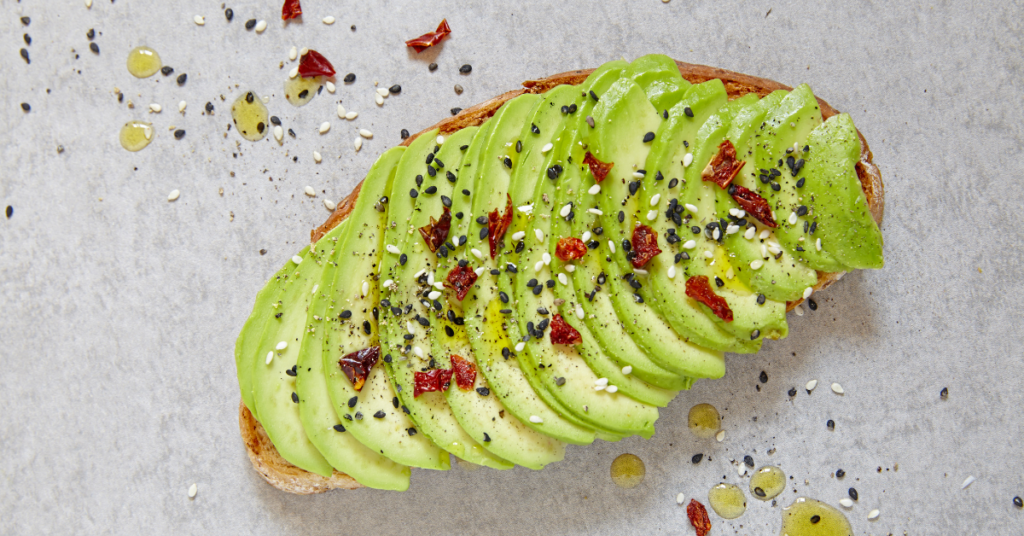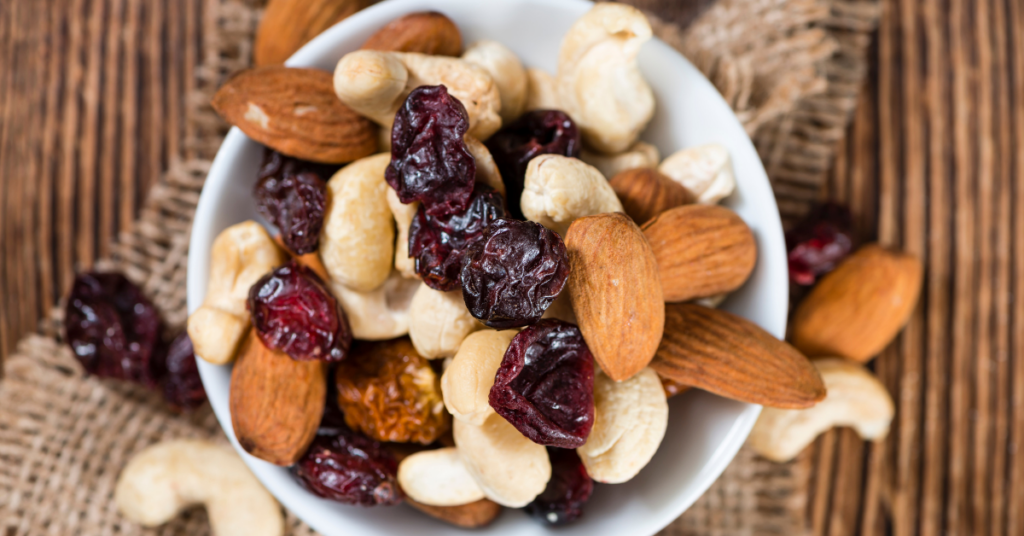Article At a Glance:
- Focusing on only one type of physical activity can lead to limitations. Excelling in endurance might mean sacrificing strength while prioritizing flexibility could leave you lacking cardiovascular capacity.
- Achieving balance requires intentional choices. Challenge your body in new ways, ensuring that you’re becoming fit across the exercise spectrum.
- Small, intentional efforts yield the best results. Incorporating diversity will keep you strong, mobile, and resilient for life. This is where essential physical activities come in.
Physical activity is a cornerstone of a healthy lifestyle. Many of us gravitate toward a particular activity, be it running, yoga, or strength training, because it brings both enjoyment and health benefits. However, focusing exclusively on one activity often limits the development of other physical attributes.
For example, running improves endurance, but neglects strength and mobility; yoga enhances flexibility, but lacks cardiovascular benefits; and strength training builds muscle, but falls short on endurance and flexibility.
To avoid these gaps, embrace a variety of physical activities that challenge your body in different ways. By diversifying, you can build a foundation of versatility, resilience, and long-term health. Now, let’s explore the essential physical activities that equip you to meet life’s challenges with confidence.
1. Mobility for Freedom of Movement
Modern life often traps us in sedentary positions that leave our bodies stiff and unbalanced. Hours spent sitting, whether at a desk or in a car, can shape our posture into what resembles a ‘cashew nut,’ with a forward head posture, rounded shoulders, and tight hips.
Even if your daily activities don’t involve sitting, tightness or stiffness can result from any repetitive movement or held position. Mobility work counters these adaptations, freeing your body from stiffness and discomfort while improving your ability to move more freely and reducing the risk of injuries or nagging aches.
Mobility isn’t just about avoiding stiffness—it’s the foundation for all other physical activities. Without adequate mobility, even simple tasks like bending, lifting, or reaching can become challenging. It also sets the stage for better performance in strength training, endurance activities, and maintaining proper posture.
By incorporating mobility into your fitness routine, you ensure your body has the freedom and range of motion needed to excel in every other aspect of physical activity.
Practical Steps:
- Establish a daily mobility routine to counteract stiffness from sitting or repetitive movements.
- Perform targeted stretching exercises to improve flexibility and movement efficiency:
- Calf Stretches: Stand with one foot forward and the other extended back, pressing the back heel into the ground to stretch the calf.
- Kneeling Hip Stretches: Kneel on one knee with the opposite foot forward, gently pressing the hips forward to stretch the hip flexors.
- T-Spine Rotations: Sit or kneel with hands behind your head, and rotate your upper back side to side while keeping your lower body stable.
- Doorway Stretches: Stand in a doorway with hands on the frame at shoulder height, and step forward to stretch the chest and shoulders.
- Overhead Hang: Grip a pull-up bar and hang with arms fully extended to improve shoulder mobility and grip strength.
- Commit to five minutes daily to experience noticeable improvements in mobility and comfort.
2. Strength Training for Longevity
Strength training is a key activity for maintaining a strong and capable body. It helps preserve muscle mass, supports bone density, and enhances overall health. Starting around age 30, adults naturally lose about 1% of muscle mass per year if they don’t engage in some form of resistance training. This loss can impact mobility and independence over time, making regular strength-focused exercise essential.
Beyond just building muscle, strength training makes daily tasks easier. Whether you’re carrying groceries, getting up from your chair, or shoveling snow, being strong helps. Plus, it boosts confidence to know your body will be able to handle whatever life throws at you.
Compound exercises offer the most efficient path to building strength, as they target multiple muscle groups simultaneously and improve workout efficiency.
While bodyweight exercises can be a great starting point, lifting weights provides the flexibility to match your current strength level and progress over time. This adaptability makes weightlifting the ideal method for sustainable, long-term strength gains.
Practical Steps:
- Strength train twice a week for 30–60 minutes to build strength and maintain muscle mass.
- Prioritize compound movements like squats, deadlifts, presses, and rows for maximum efficacy and efficiency.
- Start with machines or controlled exercises (e.g., lat pulldowns) to establish a strong foundation.
- Progress to free weights as you develop confidence and strength.
- Consider working with a professional to learn proper techniques and avoid injury.
3. Endurance for Cardiovascular Health
Endurance activities are vital for supporting cardiovascular health and improving overall quality of life. A strong cardiovascular system reduces the effort required for everyday tasks like climbing stairs, running to catch the bus, or keeping up with your kids. It also enhances your body’s ability to recover from more intense physical activities, such as strength training or high-intensity interval training.
The best part about cardio? It’s simple. You don’t need fancy equipment, just a pair of shoes and the motivation to move. Steady-state, low-impact activities like jogging, cycling, or swimming are great starting points, offering both physical and mental benefits. For those seeking greater variety, options like hiking or group fitness classes can provide additional challenges.
While cardio improves endurance, it also fosters accessibility and enjoyment. The best cardio activity is the one you love enough to engage in regularly, be it running in the summer, cycling indoors during winter, or playing seasonal sports. What matters is that you approach it with the purpose of getting your heart rate pumping for long enough to build endurance.
Practical Steps:
- Begin with 20–30 minutes of moderate-intensity activity to challenge your endurance.
- Prioritize consistency over intensity, especially if you’re just starting.
- Choose an enjoyable activity such as jogging, swimming, biking, or hiking.
- Experiment with different activities to find what keeps you engaged long-term.
4. Posture and Alignment for Better Functionality
Posture is how you position your body, whether sitting, standing, or moving. Alignment refers to how your head, shoulders, and hips work together to keep you balanced and reduce strain, like when you bend to pick something up. Together, they create a foundation for efficient movement, injury prevention, and overall well-being.
Since the body naturally adapts to the positions you spend the most time in, maintaining good posture and alignment is essential. Over time, poor posture—including slouching, hunching, or craning your neck forward—strains muscles and joints, leading to discomfort, fatigue, and inefficiency in daily tasks.
Proper posture and alignment help reduce strain and fatigue while optimizing how your muscles and joints function together. This makes everyday activities, like maintaining a comfortable position during long workdays or safely lifting groceries, easier and less taxing.
Beyond physical advantages, good posture supports improved breathing, better digestion, and enhanced mental well-being. Research suggests that adopting an upright, open posture—head and chest up—can boost confidence and reduce feelings of anxiety, reinforcing the connection between body alignment and overall health.
Improving posture isn’t achieved through traditional exercise alone but through intentional awareness of how you carry yourself throughout the day. Practicing proper alignment during daily activities, such as lifting, walking, or sitting, strengthens the muscles that support your postural alignment over time.
This intentionality reduces the risk of fatigue and discomfort, helping you move through life with greater ease.
Practical Steps:
- Check your posture regularly while sitting, standing, or working.
- Practice “stacking your joints” by keeping your head and chest upright without over-arching your lower back.
- Incorporate postural exercises like planks, spinal extensions, and yoga poses to strengthen supportive muscles.
- Use mobility drills to release tight areas and improve proper alignment.
5. Walking for Mindfulness and Connection
Walking is one of the simplest and most underrated forms of physical activity. It requires minimal effort, making it one of the easiest ways to add movement to your daily life. Rather than focusing on step counts or calories burned, walking should be seen as an opportunity to disconnect from the busyness of life and find a sense of calm and clarity.
A daily walk encourages mindfulness—whether it’s listening to birds, feeling the wind, or noticing the rhythm of your steps, walking invites you to be present in the moment. This experience is amplified when walking in nature, where time outdoors has been shown to reduce stress, boost creativity, and enhance mental clarity.
Beyond the mental benefits, walking offers physical advantages as well. A brief walk after meals (10–15 minutes) can regulate blood sugar levels and aid digestion. Additionally, it supports joint mobility, circulation, and overall physical function, complementing more intense forms of exercise.
Practical Steps:
- Make walking a daily habit by taking short strolls after meals or longer walks on weekends.
- Disconnect from distractions by leaving your phone behind or setting it to airplane mode.
- Explore different environments such as city parks, trails, or nature paths to stay engaged.
- Use walking as a time for reflection to enhance mindfulness and reduce stress.
LiveComplete Takeaways
Physical activity doesn’t have to be complicated to be impactful. By incorporating mobility, strength, endurance, posture, and walking, you create a balanced approach to movement that prepares your body for both daily tasks and unexpected challenges. These five essentials aren’t about chasing perfection, but about building a well-rounded lifestyle that supports long-term health, adaptability, and well-being.
- Prioritize Mobility: Create the freedom to move by incorporating stretches and exercises that address tightness and stiffness caused by daily habits. After all, you don’t want to become as stuck as a cashew in the bottom of a bag – it’s time to crack open your mobility!
- Build Strength: Strengthen your body through resistance training to make everyday tasks easier, maintain muscle mass, and promote longevity.
- Develop Endurance: Improve cardiovascular health with activities that challenge your stamina and support overall energy and recovery.
- Be Mindful of Posture and Alignment: Align your body for efficiency and ease in movement, reducing strain while enhancing confidence and functionality.
- Disconnect with Walking: Use walking as a tool for mindfulness, connection, and a simple way to incorporate movement and recharge.
Start small and stay consistent. Over time, these essentials will provide the foundation for a healthier, more resilient, and vibrant life. Let them be your guide to navigating not only the demands of daily life but also the extraordinary moments that require you to rise to the challenge.
Sources
- Volpi E, et al. (2004). Muscle tissue changes with aging. https://doi.org/10.1097/01.mco.0000134362.76653.b2
- Tomlin DL, et al. (2001). The relationship between aerobic fitness and recovery from high-intensity intermittent exercise. https://doi.org/10.2165/00007256-200131010-00001
- Carney DR, et al. (2015). Review and summary of research on the embodied effects of expansive (vs. contractive) nonverbal displays. https://faculty.haas.berkeley.edu/dana_carney/pdf_Summary_Expansiveness.pdf
- Park BJ, et al. (2010). The physiological effects of Shinrin-yoku (taking in the forest atmosphere or forest bathing): Evidence from field experiments in 24 forests across Japan. https://doi.org/10.1007/s12199-009-0108-4
- Colberg SR, et al. (2009). Postprandial walking is better for lowering the glycemic effect of dinner than pre-dinner exercise in type 2 diabetic individuals. https://doi.org/10.1016/j.jamda.2009.03.015



